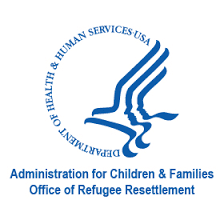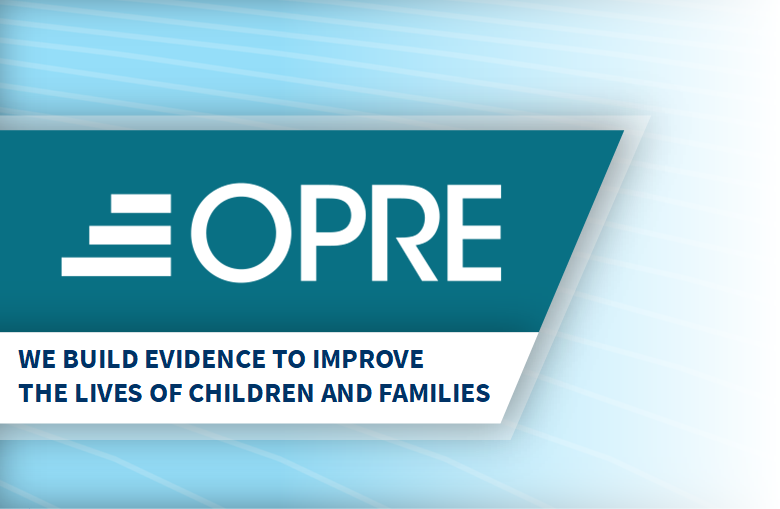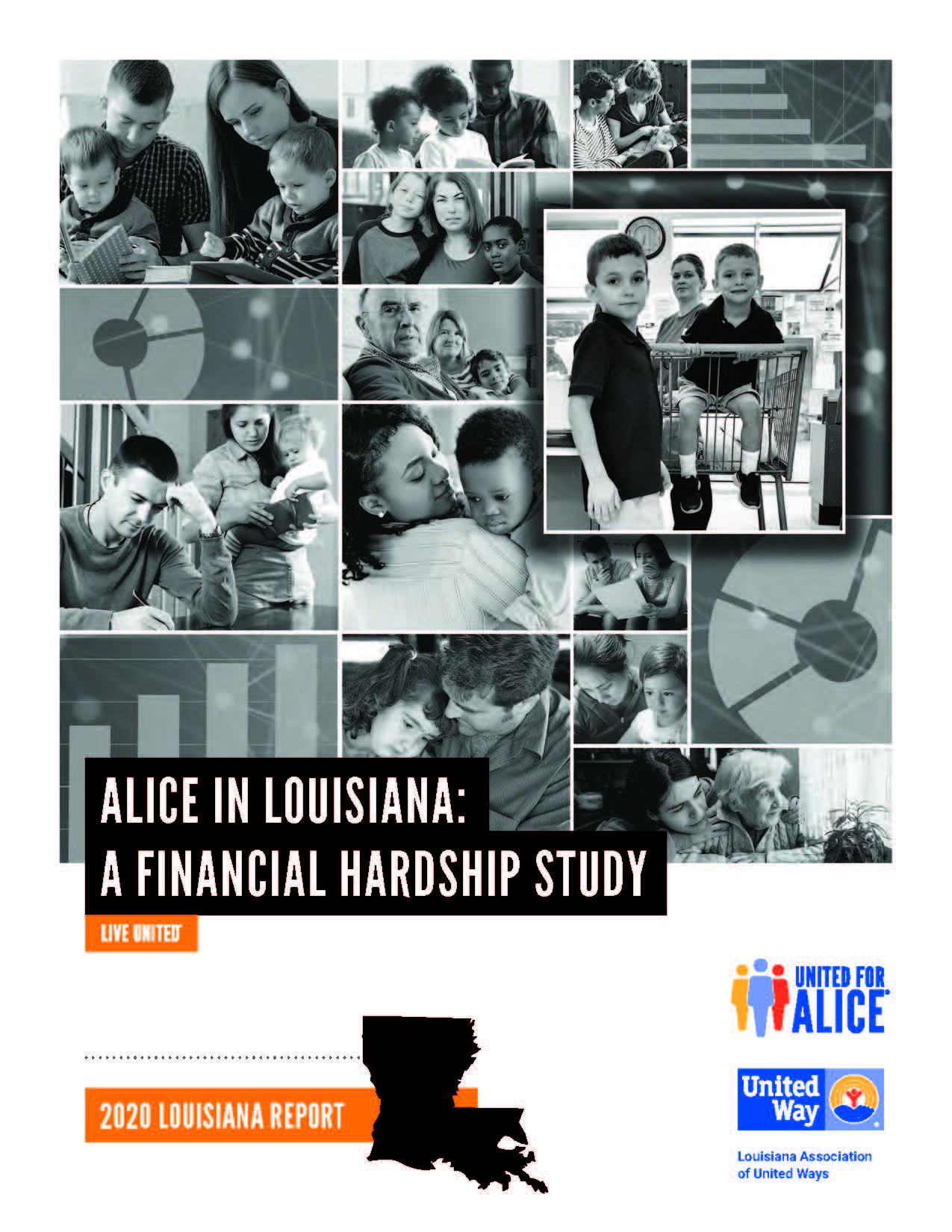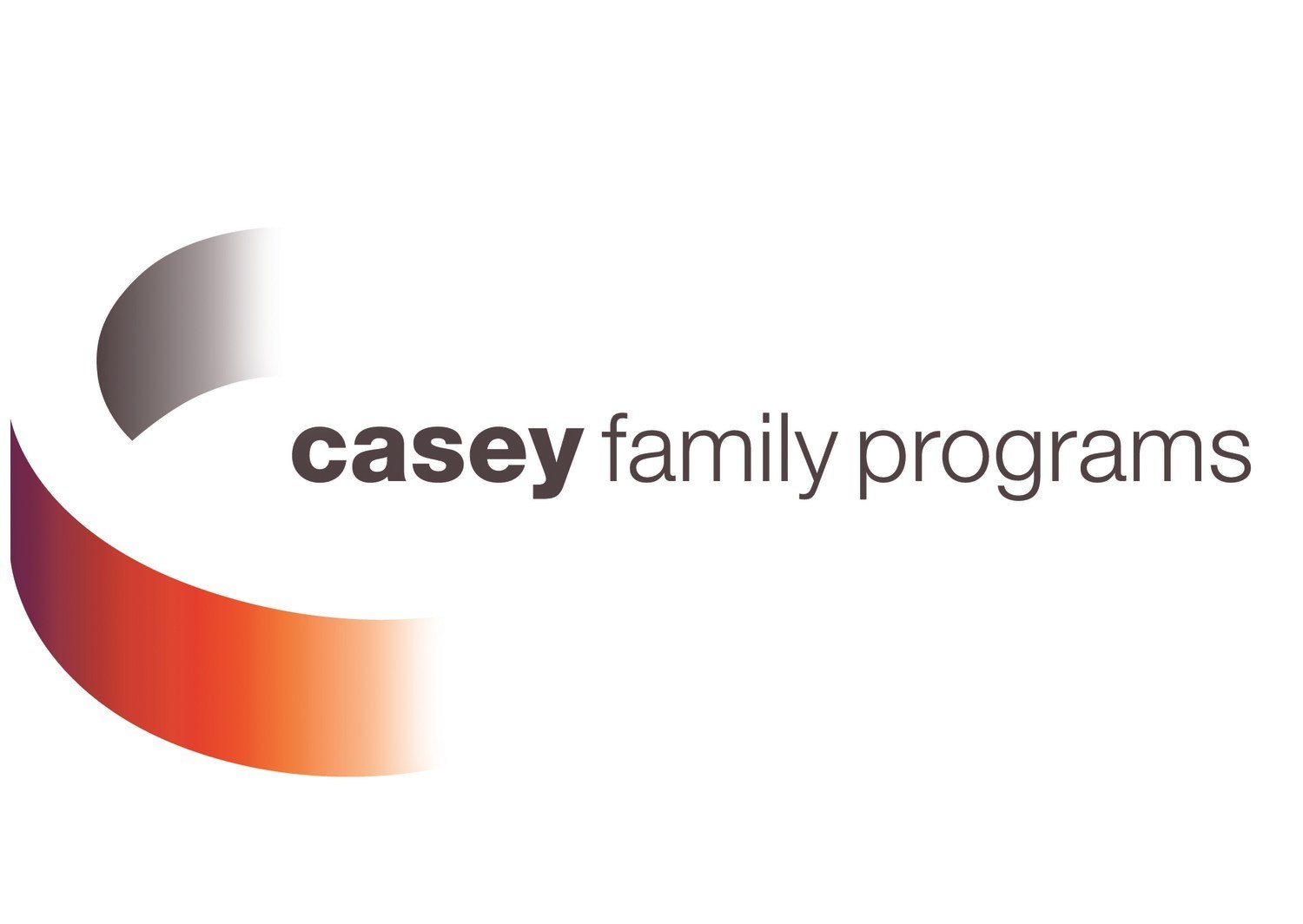Today in America, some 377,000 children are living in foster care, each child removed from their home, family and the network of caregivers, educators and other caring adults in their lives. This staggering number is also a measure of how we as a nation are faring in our responsibility to ensure that every child in every community has the opportunity to grow up in their own family connected to the people, places and cultures that will help them thrive. This report shares examples of how communities are actively partnering with families to build the foundation of a better approach, how they are using new tools and approaches to better address the needs of families and children, and how they are investing effectively to ensure thriving families, safer children and supportive communities. Engaging effectively with lived experiences. The growing movement of Thriving Families, Safer Children Broadening our lens from a focus solely on child protection to one of child and family well-being will require more than just improving our current approach to investigating and addressing maltreatment. It will require designing and building a new approach, one that draws on the commitment and talents of people across all five sectors of society: government, business, philanthropic, nonprofit and faithbased, and, critically, the families and children themselves. The voices of those children and families, especially those whose lives have been shaped by their involvement with the child welfare system, have too often been left out of the discussions about how communities can improve, and ultimately transform, their approach to child and family well-being. That is beginning to change. More and more, the voices of young adults who experienced foster care and the parents and families who overcame challenges and obstacles to stay connected to and raise their children are not only being heard in the discussion, they are being valued. They are moving into leadership positions to help other children and families draw on resilience, hope and support to heal and move forward toward a better future. Read More
Families

Investing in Families Prevents Child Welfare Involvement
The path forward is clear: strengthening household financial security can reduce child abuse and neglect by improving the opportunity for parents to meet their children’s basic needs, provide developmentally appropriate child care, and reduce parental stress and depression, both risk … Read More

Connecting with Families in Black and Indigenous Communities.
Kin/grandfamily caregivers’ ideas about their roles in protecting and providing for the children in their care depend on their families’ values and cultures. Working with Black and Indigenous families requires knowledge of culture and context. Some questions to think about: … Read More

Using a Structured Learning Process to Strengthen Two-Generation Service Delivery
Introduction Two-generation initiatives intentionally combine intensive, high quality adult-focused services with intensive, high quality child-focused programs to improve outcomes for children, primary caregivers, and families. The goal of integrating services for primary caregivers and their children is to achieve better … Read More

A Poor Poverty Measure
To identify children in need, look beyond free lunch data In education policy and public debate, we often talk about students from “low-income” families. That descriptor is typically based on data from the National School Lunch Program, which provides qualified … Read More

ALICE Report 2020 – A Study of Financial Hardship in Louisiana
The United Way ALICE Project provides a framework, language, and tools to measure and understand the struggles of a population called ALICE — an acronym for Asset Limited, Income Constrained, Employed. ALICE is the growing number of households in our … Read More
Building Strong Foundations: Racial Inequity in Policies that Impact Infants, Toddlers, and Families
Infancy and toddlerhood are periods of incredible possibility and opportunity. Children grow and develop more rapidly during the first three years than any other time in their lives. Their everyday experiences—where they sleep and play, what they eat, and who … Read More
Healthy Boundaries, Healthy Relationships
This session will discuss the rationales and realities of relationship boundary identification and implementation. The goal is to assist families and knowing how to work with families of origin in exploring and developing boundaries. CLICK HERE
COVID-19: Child Welfare Resources
This webpage highlights four resource guides to help State legislators address the negative impacts of the COVID-19 pandemic on children, families, and caseworkers. The resource guides address the following topics: COVID-19 and Child Welfare Caseworkers, COVID-19 and Congregate Care Facilities, … Read More
Family Processes and Children’s and Adolescents’ Well-Being
study reviewed about 1,150 sources to examine family processes and child well-being. Themes are discussed related to advances made in the literature because of increased attention to complexity and specificity, advances that were made because of increased attention to family … Read More

